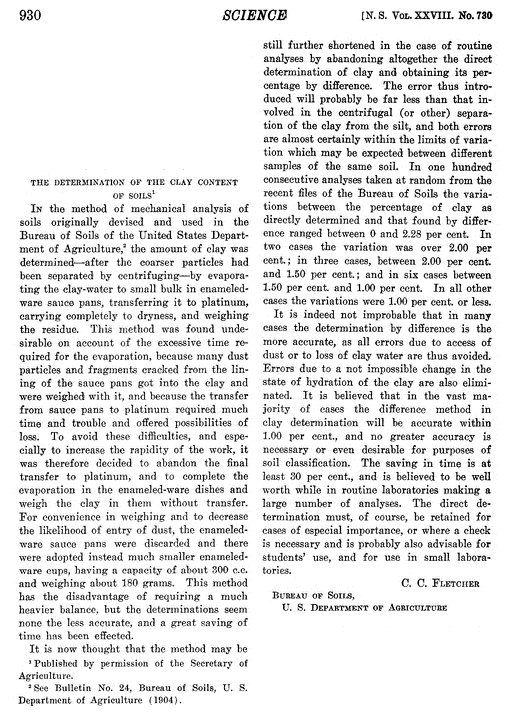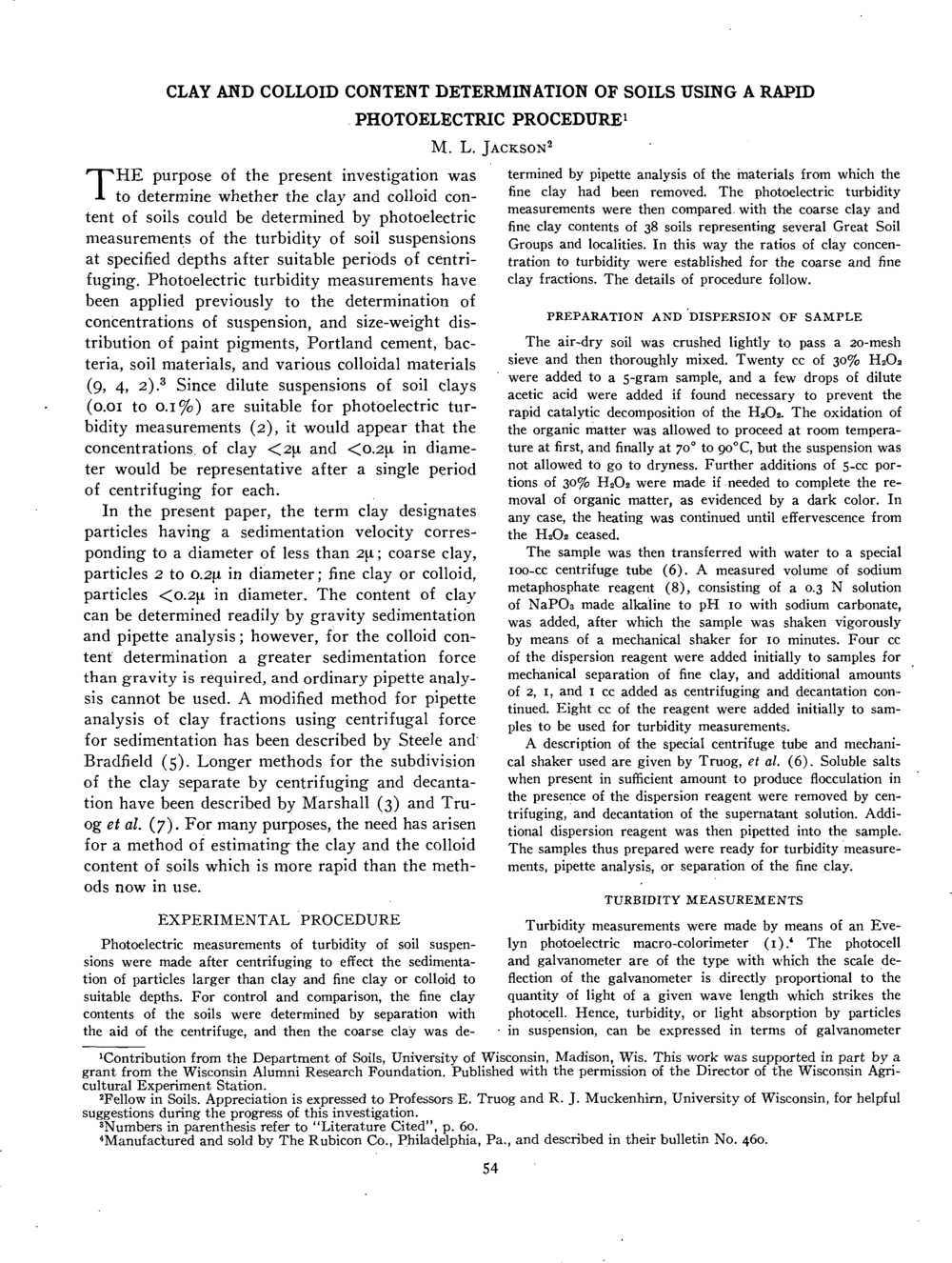- To participate in the 911Metallurgist Forums, be sure to JOIN & LOGIN
- Use Add New Topic to ask a New Question/Discussion about Mineral Processing or Laboratory Work.
- OR Select a Topic that Interests you.
- Use Add Reply = to Reply/Participate in a Topic/Discussion (most frequent).
Using Add Reply allows you to Attach Images or PDF files and provide a more complete input.
- Use Add Comment = to comment on someone else’s Reply in an already active Topic/Discussion.
-
https://www.911metallurgist.com/wp-content/plugins/wp-symposium-pro/forums/../css/images/wait.gif
Wet Sieve Analysis on Placer Soil (2 replies)
Please join and login to participate and leave a comment.





Because of the clay we are experiencing when washing our alluvial gravel, I have been advised to perform a wet sieve analysis to record the classification of soils . A significant percentage of particle less than 75 microns will determine the presence of clays. Can anyone help me better understand if this is the proper test to show clay content?